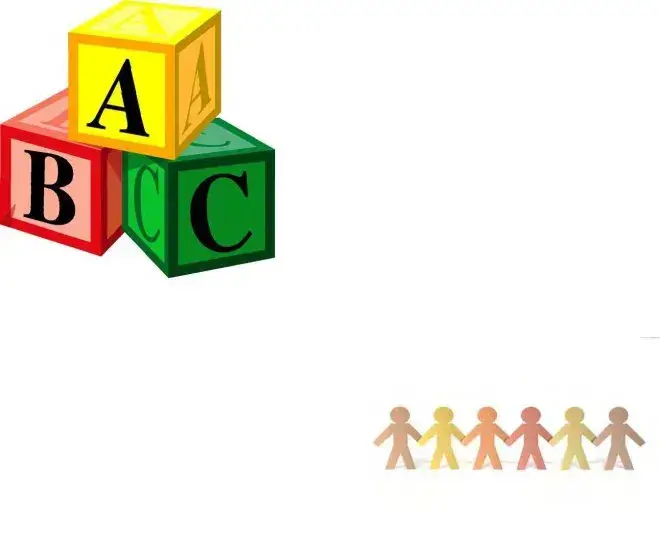What is a Petition for Divorce in Arizona?
A Petition for Divorce in Arizona is a legal document that someone files to request a divorce. It formally starts the divorce process in the court system.
Who are the Petitioner and the Respondent in a divorce case?
In a divorce case, the person who files the petition is called the Petitioner. The other spouse, who will respond to the petition, is referred to as the Respondent.
What are the requirements for filing for divorce in Arizona?
To file for divorce in Arizona, either you or your spouse must have lived in the state for at least 90 days prior to filing. If you are a member of the military, you must have been stationed in Arizona for at least 90 days. Also, if your divorce will involve decisions about children, like custody or child support, the children must have lived in Arizona for at least 6 months, making it their primary place of residence.
Is Arizona a no-fault divorce state?
Yes, Arizona is a no-fault divorce state. This means you do not need to prove fault, like adultery or abandonment, to get a divorce. You only need to show that the marriage is irretrievably broken and there is no chance of reconciliation.
Should I consult a lawyer for help with my divorce?
Although you can represent yourself in a divorce, it is wise to consult with a lawyer. Divorce cases can be complex, and a lawyer can provide legal advice specific to your situation. This could save you time, money, and make the process smoother.
Where is the Self-Service Center located?
The Self-Service Center is located in the Pima County Law Library, Room 256, on the second floor of the Pima County Superior Court. It is open Monday through Friday, from 8 a.m. to 5 p.m., except holidays. They provide resources and assistance for those representing themselves in court.
What is considered "Sensitive Data" in court documents?
Sensitive data refers to personal information you may not want publicly disclosed, such as social security numbers, bank account details, and credit card numbers. In court documents, you should write "SEE CONFIDENTIAL SENSITIVE DATA FORM" in place of this information and fill out a separate Confidential Sensitive Data Form with the specifics.
If I am a victim of domestic violence, what should I do first before filing for divorce?
If you or your children are victims of domestic violence, it's crucial to prioritize safety. Arizona provides the option to file for an immediate Order of Protection. You can obtain this at the Clerk of the Court's office in Pima County or at specific court locations listed in the divorce packet. In emergencies, contact the police or a local domestic violence hotline for immediate help and guidance on securing a protected environment for you and your children.









